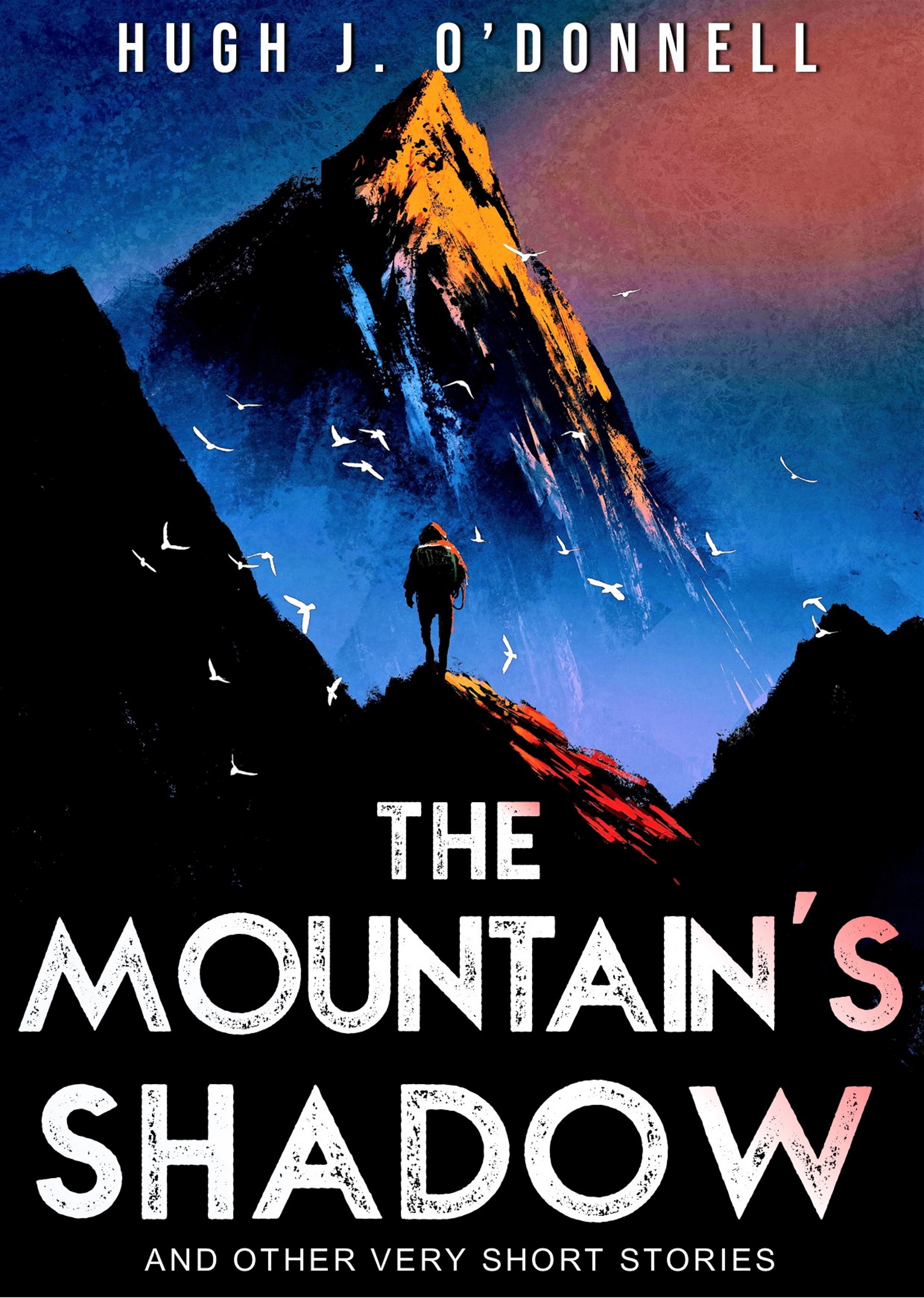Hugh Likes Comics: Dragon Ball
Written and Drawn by Akira Toriyama
Published by Viz/Shonen Jump
Although it is a big part of my own path through comics, I haven’t talked about manga in this space. Manga, broadly speaking, refers to Japanese comics, or occasionally comics drawn in a Japanese style. These comics have a visual language all their own, enjoy vast popularity the world over, and one of the best loved of these is “Dragon Ball.”
Spanning over forty volumes, spawning four long-running animated TV shows, a vast collection of movies, and enough merchandize to sink a container ship, Akira Toriyama’s “Dragon Ball” is a full-fledged cultural phenomenon. Originally a goofy, cartoonish Sci-Fi retelling of the Monkey King legend, this is the story of Son Goku, an incredibly strong, perfectly innocent child as he travels with teenage prodigy Bulma to gather the Dragon Balls, seven mystical stones which, when brought together, will grant any one wish. Along the way, he becomes the greatest martial artist in the universe, and saves the world a few times, to boot.
With its beyond epic length, the thing I find really interesting about Dragon Ball is that it so completely documents the evolution of Toriyama as an artist. His style is very round and iconic, and at the beginning of the comic, much more rooted in sophomoric humor. It certainly isn’t what you’d expect from the martial-arts action story it becomes. While Toriyama never completely lets go of his comedic side, the series becomes more and more of an action comic as the tale unfolds, until we reach halfway through and it becomes “Dragon Ball Z.”
With its focus on space adventure and over the top martial arts, DBZ is what got translated first. It appeared in incomplete forms on American and Canadian TV in the 90’s. And I fell in love with it. But now I think I prefer the original stories about Goku’s childhood. The adventures are more fun, more playful, and less reliant on gimmicks and ‘power levels’ to keep the tension high. “Dragon Ball,” by contrast, remains delightful and ridiculous throughout, including a cameo crossover with his earlier work “Dr. Slump,” in which just about every character tries to squeeze into a panel for a fourth-wall breaking cameo.
“Dragon Ball” comic is particularly a comic of its time and place, but like its protagonist, it mixes goofball humor, iconic visual style, and thrilling action in perfect amounts with a perfect garnish of child-like whimsy. Go pick up a copy, and be a kid again for a few hours.
Dragon Ball on Amazon.com (Affiliate Link)
